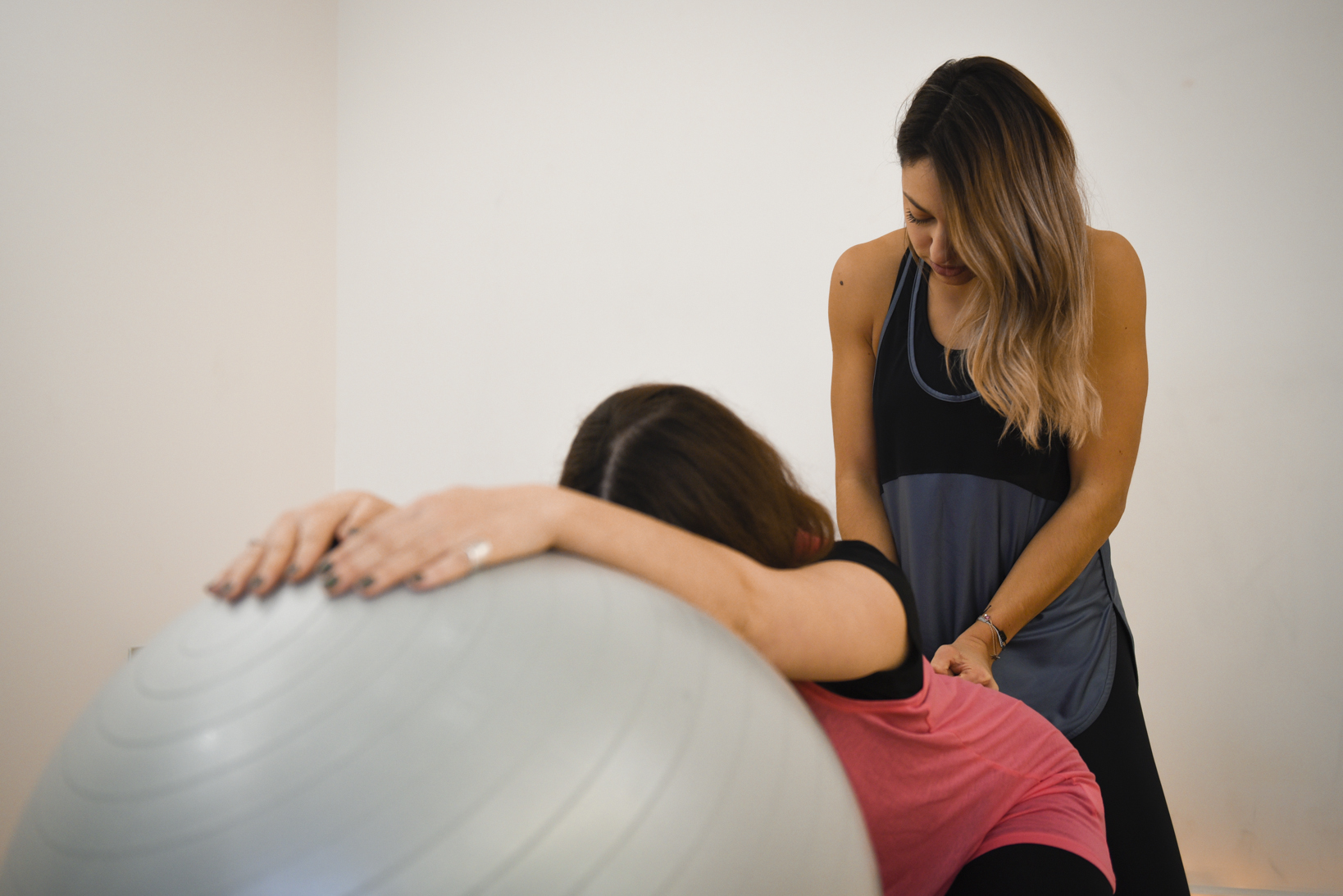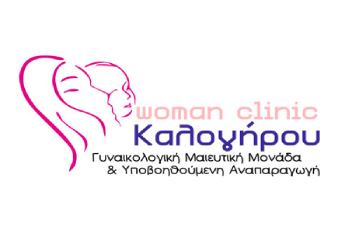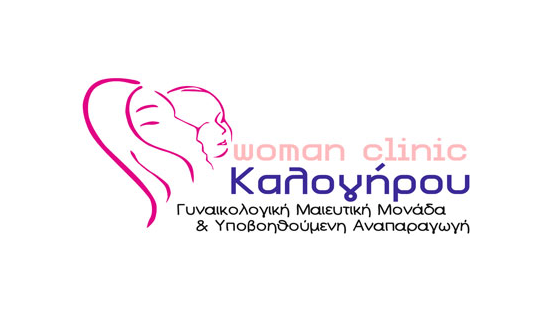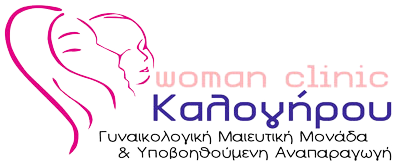Sep 18 Yoga in Pregnancy
Yoga in Pregnancy
Everything I wish I knew about exercise in pregnancy and childbirth.
Exercise throughout life helps the body function well in a variety of ways. Improving cardiorespiratory function, stimulating circulation, reducing the risk of obesity and increasing life expectancy are just some of its benefits.
According to the latest research data worldwide it is shown that (almost) all women during their pregnancy should exercise regularly. The same during the caesarean section under conditions depending on the type of delivery and the presence or absence of complications in the procedure.
Through exercise, women can better adapt to the physiological changes they experience during pregnancy and labor both physically and emotionally. Weighing a program perfectly adapted to the particular needs of each trimester can help improve a woman's health, strengthen her emotionally, relieve common symptoms induced by pregnancy/childbirth (lower back pain, swelling of limbs), limit feeling tired and improve the quality of her sleep.
Other benefits derived from the latest research data from the American College of Obstetricians and Gynecologists show that exercise during pregnancy contributes to a reduced incidence of conditions such as excessive pregnancy weight gain (>12kg), onset of gestational diabetes, gestational hypertension (and preeclampsia), preterm delivery, caesarean section and fetal macrosomia. At the same time, there is an increased possibility that women will give birth with normal delivery.
Therefore, according to international recommendations, it is considered safe for pregnant women to start exercising from the first trimester (<12w) and it is recommended that the duration of each workout be 30-60 minutes, while its frequency from 3-4 times a week up to 20-30 minutes of training if the woman wishes to exercise on a daily basis. The intensity of training should be well tolerated and regular breaks for rest and recovery should be included. Supervision by a specialist pregnant trainer is also recommended. Based on the above conditions, the exercise can continue until childbirth without interruption.
More specifically, some of the types of physical exercise that meet the above conditions and are therefore recommended are walking, yoga, pilates, dancing, mild aerobic exercise, swimming, cycling (with a stationary bike) and water sports aerobic exercise.
Conversely, any type of exercise that carries a high risk of falling and requires strong activation of many muscle groups at the same time, such as horse riding, skiing and martial arts, is contraindicated.
Other general guidelines for a smooth progression of training are that the woman remains well hydrated, able to converse comfortably, and not lying flat on her back without leaning over for a long period of time.
Indications that should lead health professionals to reassess the woman's ability to follow exercise programs are vaginal bleeding, the presence of regular and painful uterine contractions, amniotic fluid leakage, severe shortness of breath, dizziness and angina.
For the caesarean period, the recommendation varies depending on the type of delivery. When health professionals recommend that the woman exercise again, she should start with gentle activation and pelvic floor exercises and gradually incorporate the rest of the exercises into her training. For nursing mothers, the plan does not differ. It is recommended to pay even more attention to good hydration, and to breastfeed before exercise, in order to avoid any possible discomfort and pain in the breasts.
Finally, the importance of pelvic floor exercises is emphasized equally for both periods, pregnancy and childbirth. With the aim of better preparing these muscles for the natural childbirth process, reducing the risk of uterine prolapse and urinary incontinence and better, and more immediate, recovery of the area after childbirth.
The importance of exercise in pregnancy and childbirth has many aspects and can radically change the quality of life of the woman, thus balancing the increased demands that characterize these periods.
Written by: Mary Fentouri, Midwife, External Associate of WomanClinic- Kalogirou




